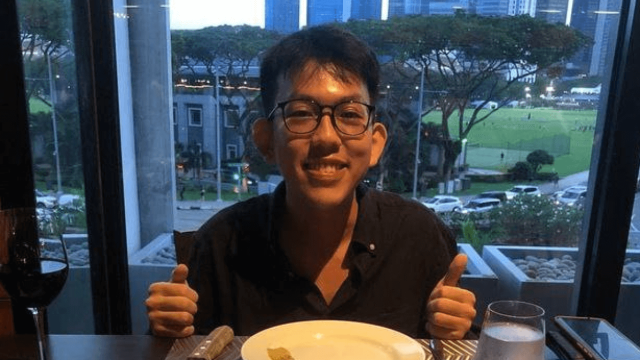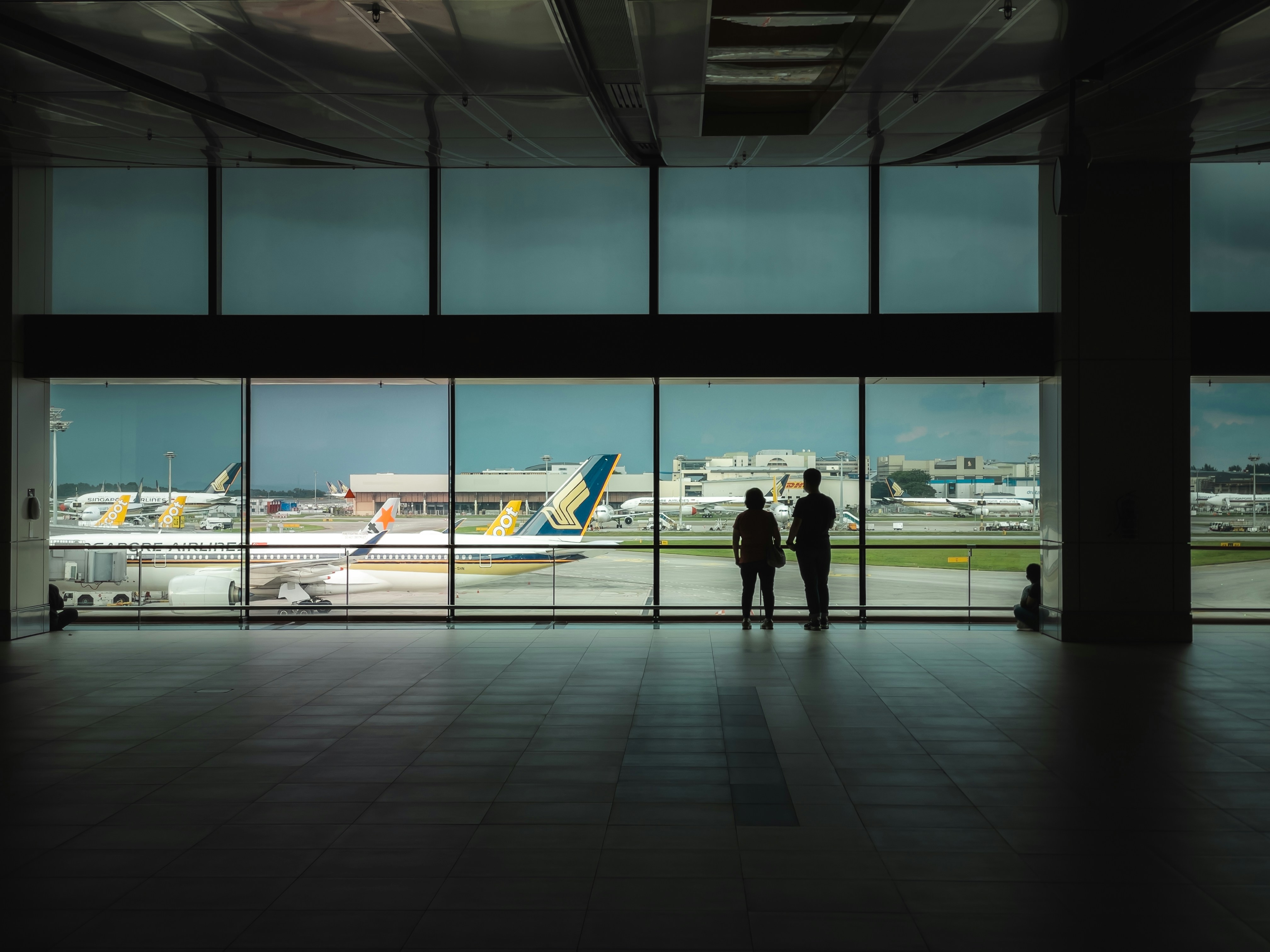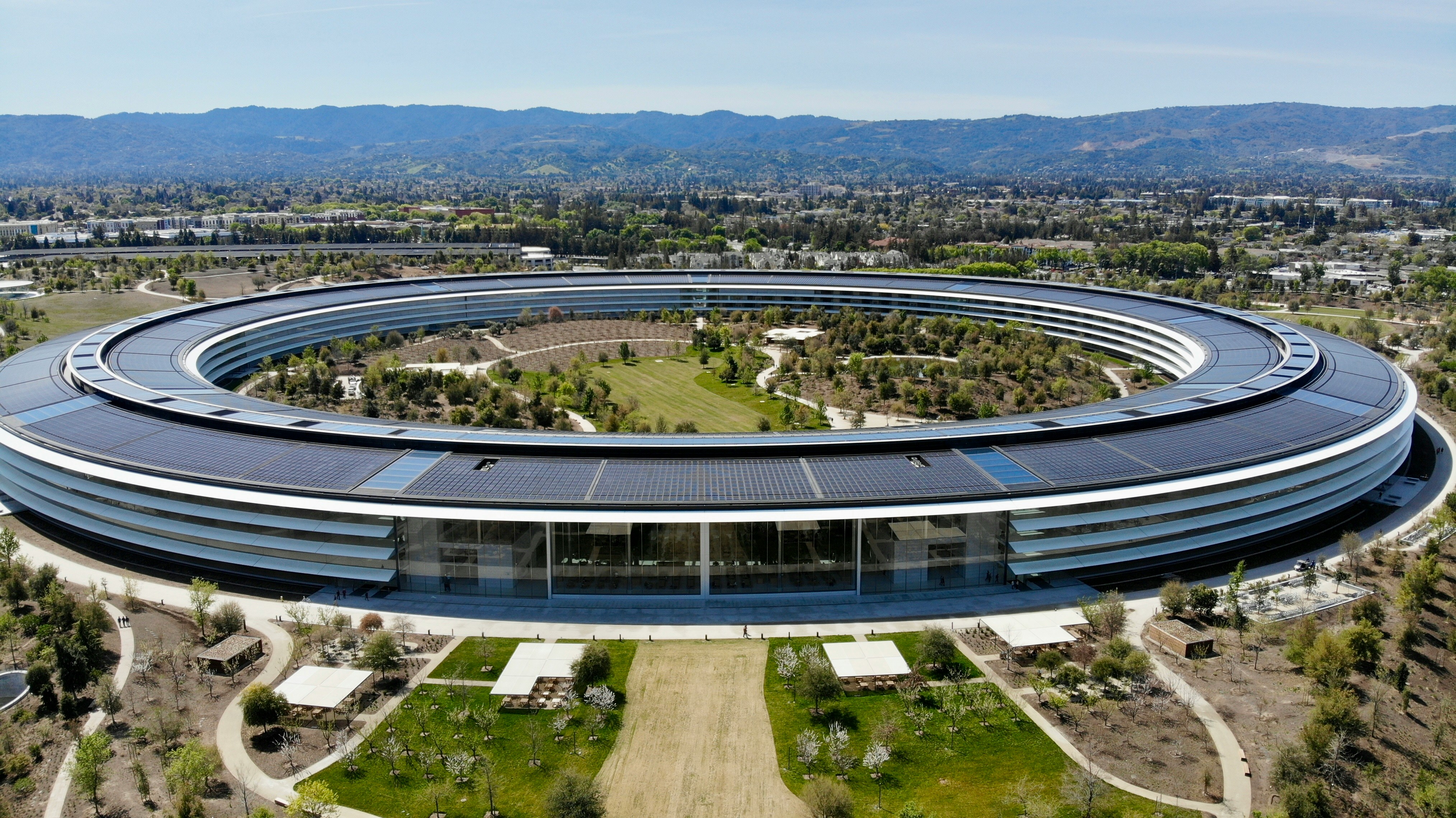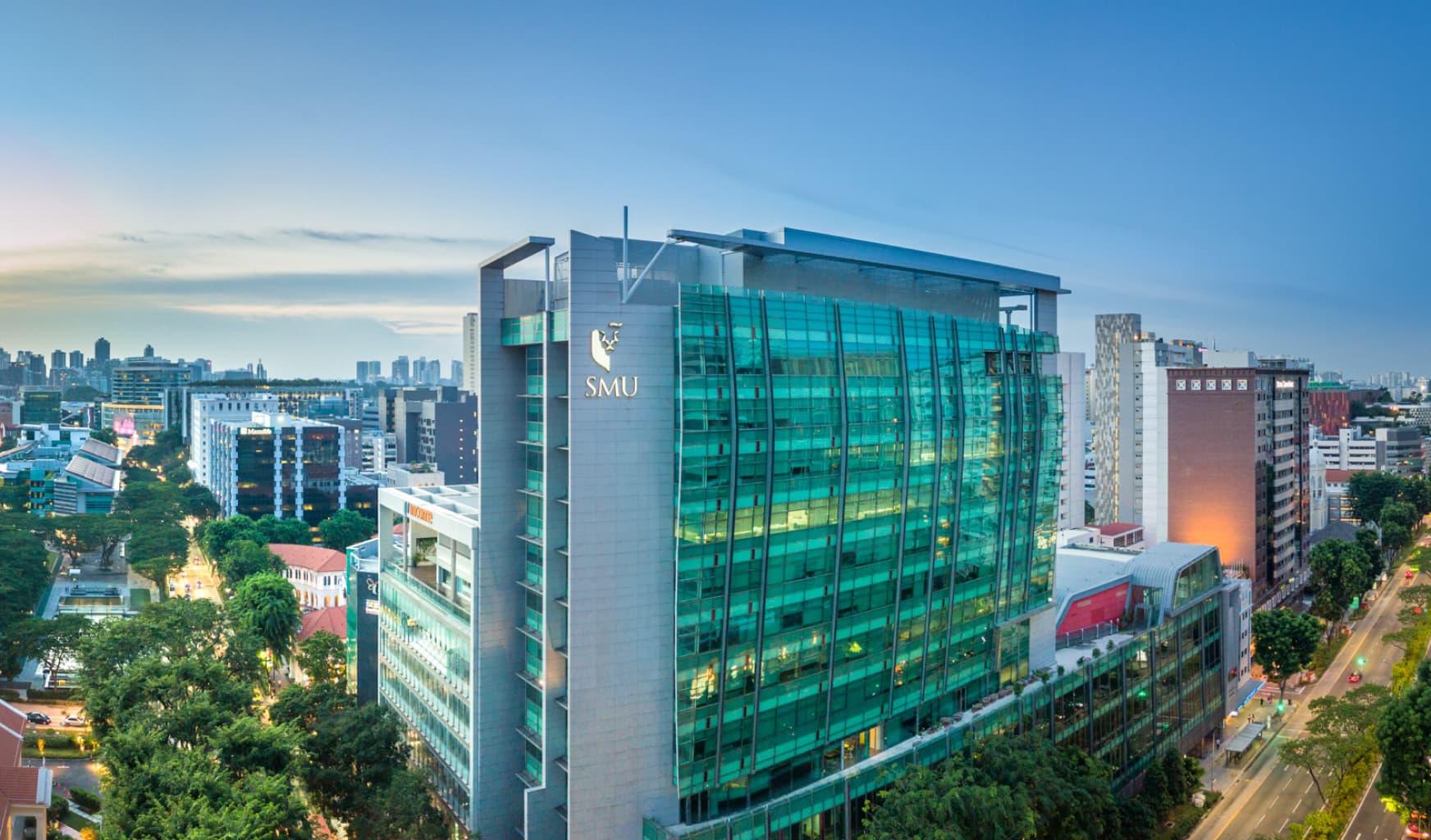
A Chance Encounter, A Dream Pursued, and the Internship of a Lifetime
Felix Li, an SMU graduate, shares his internship experience at a Silicon Valley start-up. To further his interest in entrepreneurship, Felix had joined the SMU Global Innovation Immersion (GII) programme which culminated in this enriching and life-changing overseas experience. He describes his work as a software engineer and the challenges and rewards of working in the start-up. He also reflects on how the internship helped him grow both professionally and personally.
Being part of the Global Innovation Immersion (GII) programme is the best decision I’ve made since joining SMU. Before diving into how I stumbled upon GII and how I have reaped great rewards, I thought it’ll be interesting to share what sparked my interest to intern at an overseas start-up.
My interest in start-ups
Like most aspiring software engineers, I had my eyes firmly set on establishing a career in big tech firms such as Google, Apple, TikTok, or even Singapore’s very own Grab and Shopee. However, after taking Interactive Design Prototype (IDP), a compulsory Year Two module for all SCIS students where we were tasked with creating our own prototype, my interest in start-ups grew as my team and I worked to create an application targeting start-ups.
For any application to be useful, it needs to solve a certain pain point for its users. To find a pain point for start-ups, we had to put ourselves through an empathy stage by observing and understanding the daily operations of a start-up. Luckily enough, we found many willing and prominent candidates such as the CEO of Haulio, Vice President of Operations at Ninja Van, the initial founding team of CardUp, and many more. Through meaningful exchanges with these start-up founders, I got to know about the less glamorous behind-the-scenes and authentic adversities that they have to ride out on a daily basis. This in turn sparked a new interest in me – a desire to launch my own start-up. This was how I then stumbled upon GII.

Gil served as a key intermediary to reduce a significant portion of moving parts such that I only had to focus on a small scope.
Felix Li
Graduate, SMU School of Computing and Information Systems (SCIS)
How GII supported me throughout my internship journey
GII is an overseas internship programme that matches students with high-growth companies abroad, particularly start-ups, innovation centres, and Venture Capital (VC) firms. I was delighted to find out that the programme facilitates more than just matching. Securing an offer for an overseas internship is really significant, but it is merely the first step in the internship journey. The SMU Institute of Innovation and Entrepreneurship (IIE) and GII provide support and guidance on aspects like visas, health insurance, accommodations, cultural training, and more. Handling all of these by myself while schooling would have been far too much to handle, especially for the first time! Therefore, GII served as a key intermediary to reduce a significant portion of moving parts, so I only had to focus on a small scope.
Here below I have listed five considerations that I personally had when embarking on my overseas internship, and ways in which GII had supported me:
1. Securing an internship
While it was ultimately up to me to do well in interviews to score an offer from the company, GII’s connection to the hiring industry partners was a huge help to students like me. By publicising my profile and resume to these companies, GII gave me the opportunity to secure interviews with them.
2. Visa processing
GII has visa sponsoring partners lined up and helped to settle the majority of the paperwork. GII even covered 100 per cent of the visa application cost, estimated at more than USD 1,000. All I needed to do was to turn up for the visa interview.
3. Health and travel insurance
SMU provides travel and health insurance for approved programmes like GII. However, if you wish to get additional insurance on top of what the school provides, by all means, go for it.
4. Cultural training
GII wisely anticipates that students will encounter cultural differences and challenges, and proactively organised many masterclasses and workshops so that my fellow GII student interns and I could be better prepared to integrate into our new and foreign environments.
5. Accommodations and flights
It was my responsibility to source and book all of my accommodations and flights! However, GII guarantees financial support – which comes in the way of various schemes. I was fortunate enough to be one of 10 students awarded the Tolaram Global Innovation Immersion (TGII) Award valued at SGD 10,000.

I’ve embarked on my journey to the world’s preeminent hub of technology, Silicon Valley.
Felix Li
Graduate, SMU School of Computing and Information Systems (SCIS)
My experience as a software engineer in Silicon Valley, the epicenter of start-ups and tech innovation
With that, I embarked on my journey to the world’s preeminent hub of technology, Silicon Valley. Fast forward three months, my experience with recruitment start-up Workstream as a Software Engineer in the Onboarding team has been enriching, but not the easiest. As I was joining Workstream without prior experience with their given tech stack, a great deal of time was spent familiarising myself with the technologies. Thankfully, my engineering squad made the steep learning curve easier by scheduling 1:1 sessions where they mentored me through the large codebases.
With their patient guidance, I caught onto the squad’s velocity and was finally able to contribute to the main product line. I vividly recall the rollercoaster of emotions that I’d undergone when I released my first feature to production, and to heave a sigh of relief only upon seeing the positive feedback from the customers through the customer support team. This adrenaline rush – in my opinion – can only be experienced when you’re part of a start-up.
Aside from working closely with the engineering team, I was able to interact with many passionate individuals from different departments and the founding team. Through many meaningful conversations and interactions, I was able to sense their fervent passion for the work that they do and the common vision they shared with the company, which added to the highly unique experience for me.
During my brief period with Workstream, I had grown tremendously not just in my technical know-how, but also as an individual. Being put in a new environment on your own, you will learn to be adaptable and comfortable with yourself. Last but not least, I had also come across many individuals who truly embody the saying of “do what you love, and you will never work a day in your life”.
Thank you GII, for providing me with such a life-changing experience.
This article was first published on IIE News and is republished with permission from the SMU Institute of Innovation and Entrepreneurship.




